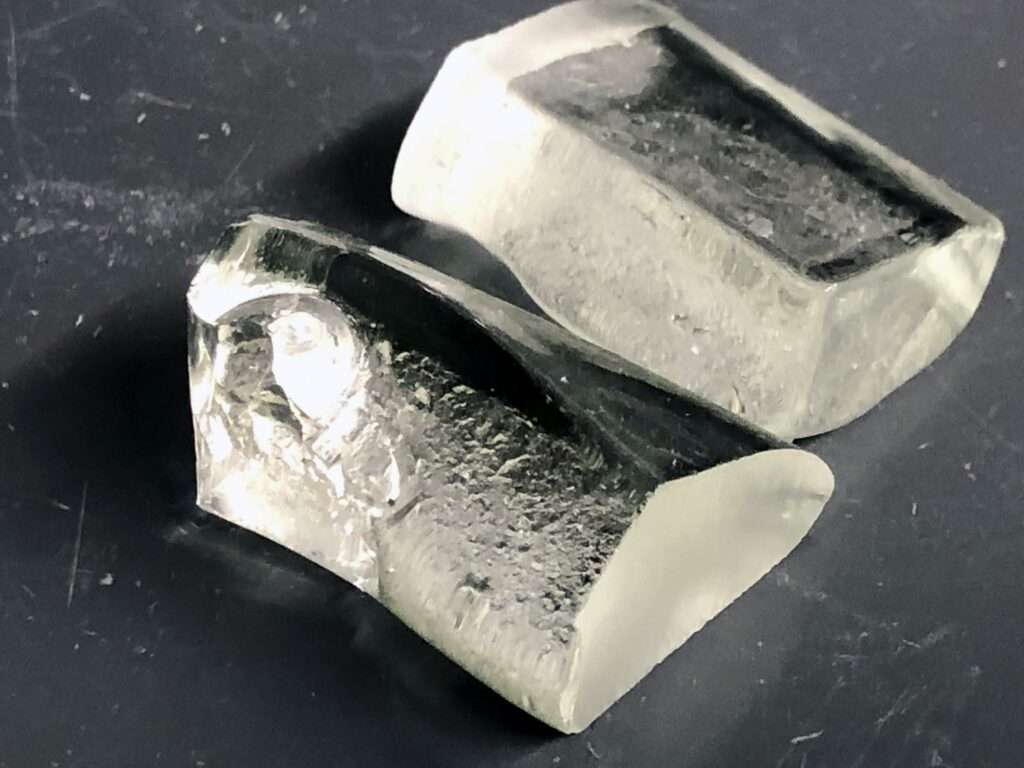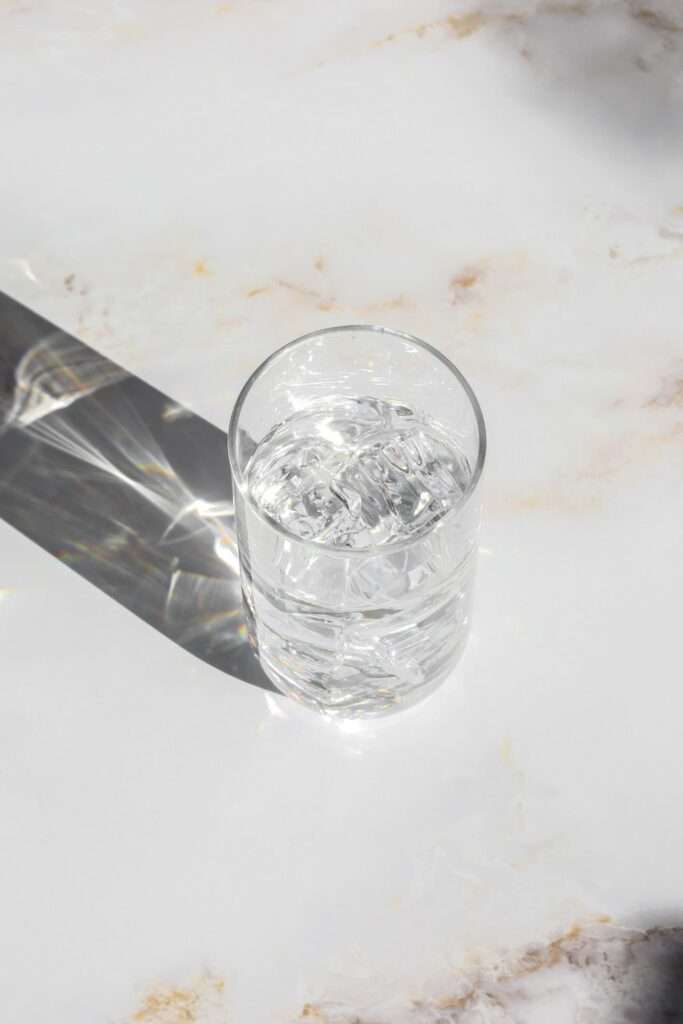Researchers at Penn State University say they have developed a pioneering glass type that promises to halve the carbon footprint associated with the glass industry.
While plastic is at the fore of the climate crisis — the OECD says plastics generated more than 1.8 billion metric tons of greenhouse gas emissions in 2019 or about 3.5 percent of total emissions — it’s not the only widely used material in need of an overhaul. Researchers at Penn State say glass production contributes 86 million tons of CO2 annually.
Glass is a common plastic alternative, particularly for single-use plastic as it’s often more easily recycled and doesn’t pose health risks such as leaching or microplastics. But glass’s hefty weight makes it an emissions nightmare; transportation is a significant factor in measuring the impact of a material and glass can be as much as 40 times the weight of a comparable plastic PET bottle, says EcoChain.
Glass-dependant CPG industries such as the wine and spirits industries, have long been exploring ways to decrease their materials’ footprints. But, for example, shifting discerning wine drinkers to boxed (or canned) wine hasn’t yet caught on at levels needed to make an impact. Enter: LionGlass.
The new material (named after the University’s mascot team the Nittany Lions) requires considerably less energy for production and boasts greater damage resistance compared to conventional soda lime silicate glass, which is ubiquitously used in everyday items.

John Mauro, Dorothy Pate Enright Professor of Materials Science and Engineering at Penn State, who led the research team, says the goal is to make glass manufacturing sustainable for the long term. “LionGlass eliminates the use of carbon-containing batch materials and significantly lowers the melting temperature of glass.”
Standard soda lime silicate glass necessitates melting quartz sand, soda ash, and limestone, with the latter two components being responsible for significant carbon dioxide release during melting. “During the glass melting process, the carbonates decompose into oxides and produce carbon dioxide, which gets released into the atmosphere,” Mauro said in a statement.
LionGlass sidesteps this issue by reducing melting temperatures by 300 to 400 degrees Celsius, resulting in about 30 percent less energy consumption in comparison to traditional soda lime glass. The innovation’s environmental benefits are twinned with superior physical properties. In testing, LionGlass demonstrated a significantly enhanced crack resistance, a surprise to the researchers.
Postdoctoral fellow in Mauro’s lab, Nick Clark, noted, “We kept increasing the weight on LionGlass until we reached the maximum load the equipment will allow. It simply wouldn’t crack.”

This extreme resistance to damage not only improves product longevity but potentially allows for lighter and thinner products. With LionGlass’ performance being ten times superior in terms of damage resistance, Mauro suggests, “We should be able to reduce the thickness and still get the same level of damage resistance.”
While the potential of LionGlass continues to be assessed, the research team has lodged a patent application, protecting the full suite of LionGlass compositions. With the promise of reduced environmental impact and improved durability, LionGlass could play a role in revolutionizing the glass industry and making it a more viable alternative to plastic.
“Humans learned how to manufacture glass more than 5,000 years ago and since then it has been critical to bringing modern civilization to where it is today,” Mauro said. “Now, we are at a point in time when we need it to help shape the future, as we face global challenges such as environmental issues, renewable energy, energy efficiency, health care and urban development. Glass can play a vital role in solving these issues, and we are ready to contribute.”
Related on Ethos:


